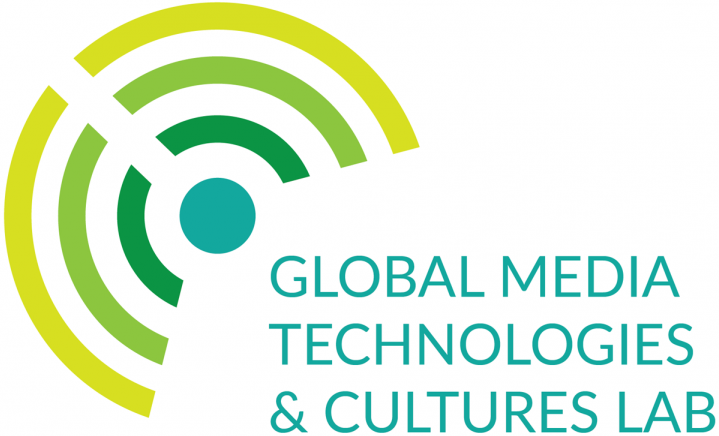Published on October 3rd, 2018
A blog post by GMTaC Affiliate Graduate Student Alan Zhang.
For decades, our planet has been imaged from space. Though people may think immediately of Google Maps in this regard, satellites capture more than cities and streets, and they are commanded by organizations beyond the tech and defense sectors. Our ice caps and forests are constantly tracked by environmentalists. War zones and authoritarian regimes are monitored for mass crimes. Remote sensing is used to image agricultural practices and forecast crop yields. Not only are satellite data growing exponentially in volume, the images they produce have become central to management decisions across a range of industries. A pressing issue is how organizations will contend with visual quantity and ensure its quality for decision making?

Often, satellite images generate observable data that can pass as objective and neutral. Decision-makers present them as if images reflect objective truth, and use visuals as evidence to justify actions. It may seem surprising that an image can carry sufficient weight to change minds, but indeed, executives have used them to alter the distribution of firm resources, governments have prompted the use of sanctions, and investors have recalculated asset valuations.
Amnesty International and Human Rights Watch have documented the demolition of homes, munition facilities, tank movements, refugee flows and mass graves in otherwise inaccessible areas, and used images to motivate international courts to action. Closer to home, early warning systems for weather-related disasters, similarly triggered by remote sensing classifiers, are synced up so that resources can be immediately marshaled and relief efforts mobilized. Capital markets have been affected too. The valuation of retailers like Home Depot and Walmart are determined instantly by formulas that determine car counts in parking lots and truck traffic on highways, as judged from the sky. Countries determine farm subsidies by assessing images of crops and land use, and Wall Street prices commodities based on the light reflected off mining sites and the shadows cast by oil drums.
Aside from satellites, aerial view images are captured by sources as varied as balloons and drones. They are taken at many spectral and spatial resolutions. The abundance of companies and countries committed to this effort only add to the deluge of visual data that organizations deal with. Each and every day, the entirety of the planet is imaged, with many regions multiply so. This noisy rate of production invites observers to wonder about the fallen tree in the forest. If one image reveals the trace of a mass atrocity or captures, in a mere instance, unusual patterns of human movement, but is lost in the haystack, what good is paying for the haystack? Perhaps some enterprises are attracted by the insurance that comes with an extensive archive, or find the reassurance that comes with vigilance appealing. Having eyes on the prize, even if the prize is hidden, has its own psychological appeal.

It is easy for organizations to overlook critical details in image streams, though not for lack of effort or ingenuity. Attempts to build capacity for spotting features have included both human and computer interventions. On the machine-side, automated pattern recognition is used to extract themes from images, whereby computer vision techniques distinguish object signatures from the noise. In this way, algorithms point out features deemed important by its users. They could be missile stockpiles, olives trees, forest fires, or hurricane cloud patterns. But satellite images are prone to blur, chromatic aberrations, and occlusion. Cloud cover affects lighting. Satellite orbit speeds alters resolution. Viewing angle shapes shadows and contours. In conditions where interpretation is frustrated by ambiguity, human eyes might fare better than image processing software. The crowdsourcing of satellite images to customers, third-parties, and the public, in real-time, has thus become an important management tool. Where previously satellite images were held in secrecy and retained by governments, commercial satellite imaging is now commonly open and widely circulated in public domains. Consider Amnesty International’s Decoders project. According to its report, 28,600 volunteers from 147 countries scoured a combined 326,066 kilometers of villages in Darfur for evidence of attacks and violence. On a larger scale, Google Map Maker has been deployed to harness geographical contributions of “on the ground” users to complement existing content in Google Maps.
As organizations shift operations and align strategies in accordance with satellite evidence, justifying decisions on the basis of imagery, questions of maintenance and monitors arise. When the collection of visuals becomes too numerous for real-time accounting, who is responsible for identifying their features? Is there an obligation to recover submerged content? When mistakes are made, or visuals manipulated and interpretations maligned, where do we establish lines of defense? At the image vendors? Their clients? Their machines? Their users? Society at large?
